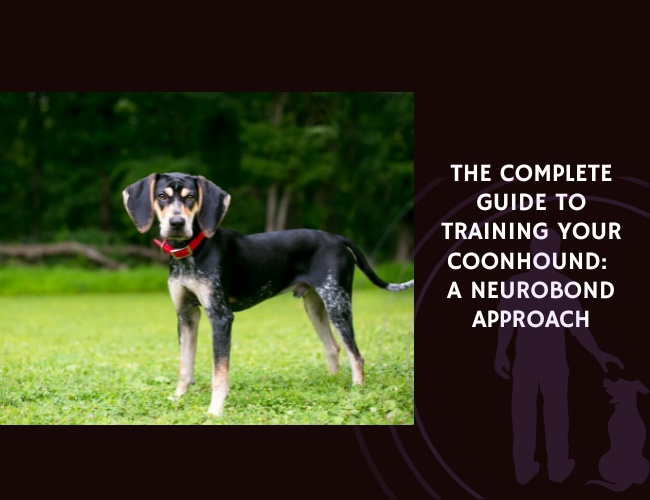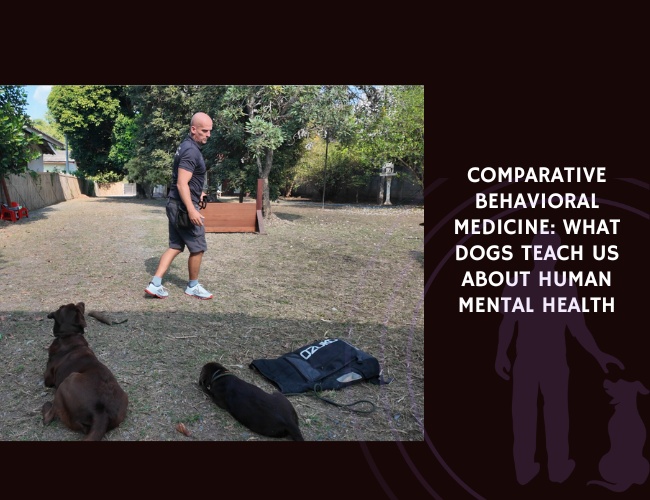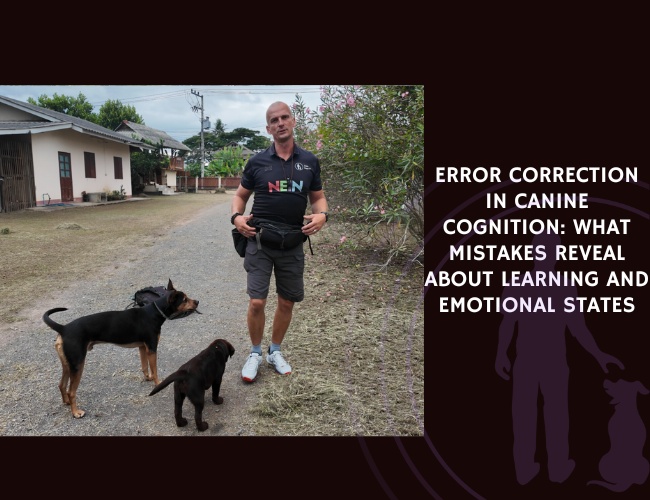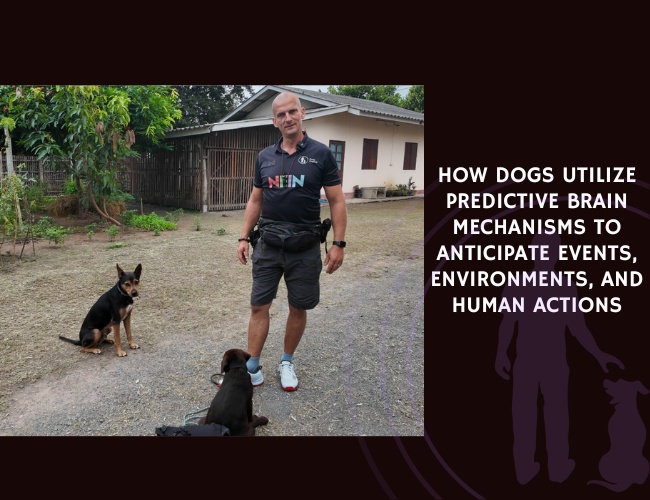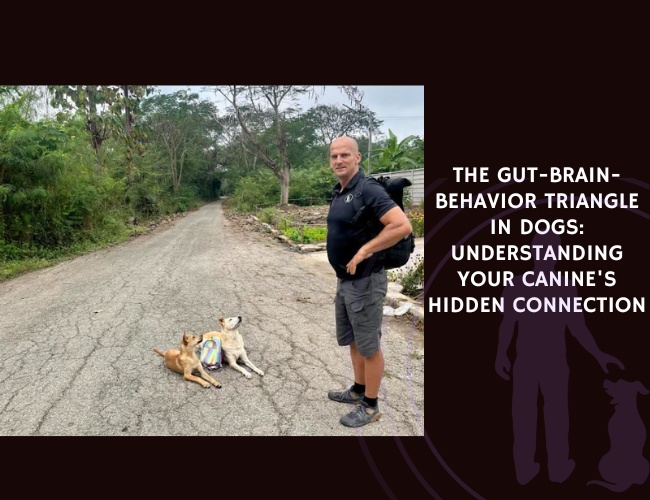Quick Facts about the Borzoi
- Origin: Russia
- Weight: Males: 34–47 kg, Females: 25–41 kg
- Life expectancy: 10–12 years
- Coat Colour: Any colour or combination, often white with patches
- Breed Group: Hound
The Borzoi is a graceful, aristocratic sighthound once favoured by Russian nobility. Known for its elegant appearance and gentle demeanour, this breed combines quiet strength with the explosive speed of a born hunter.
Borzoi History
Originating in Russia, the Borzoi—once called the Russian Wolfhound—was bred by the aristocracy for the pursuit of game, particularly wolves, across vast estates. The breed developed from a blend of Arabian Greyhounds and thick-coated Russian breeds, creating a sighthound that could handle both frigid winters and demanding hunts.
After the Russian Revolution, the breed nearly disappeared with the fall of the nobility. Thanks to preservation efforts abroad, particularly in the UK and the U.S., the Borzoi survived and is now appreciated more for companionship than hunting.
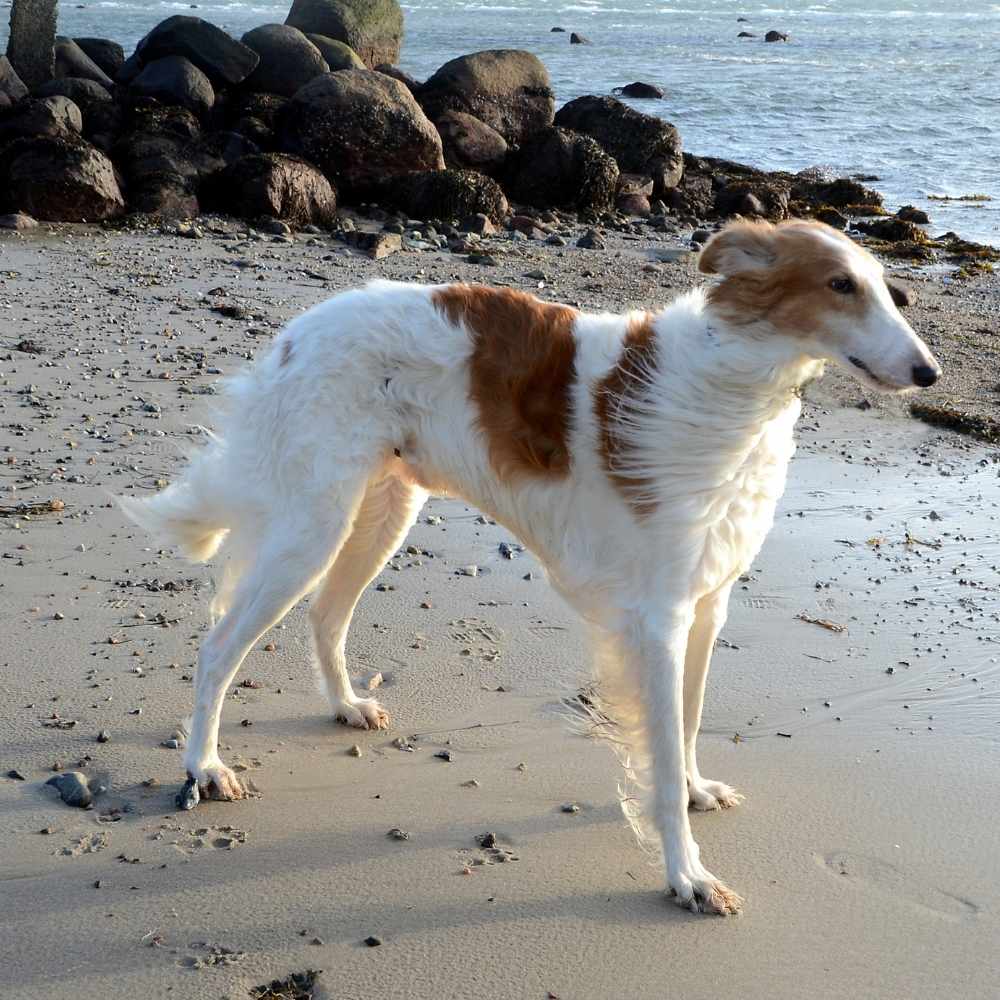
Borzoi Temperament
Borzoi are calm, reserved, and affectionate with their families. Unlike many sighthounds, they tend to be quiet and gentle in the home, though they may chase smaller animals outdoors due to strong prey drive. Independent thinkers, Borzoi respond best to gentle, consistent training.
They often bond deeply with one or two people and dislike chaos or rough handling. Their regal presence doesn’t mean aloofness—they enjoy affection but on their own terms.
Note: Borzoi are sensitive to harsh corrections. They thrive in environments where respect and soft leadership guide the relationship.
Health and wellness
The Borzoi’s long, silky coat requires weekly brushing to stay tangle-free. While they aren’t prone to excessive shedding, grooming helps maintain their sleek appearance. Their deep chest and narrow frame create some health vulnerabilities common to sighthounds.
They are sensitive to anaesthesia and certain medications, and they must be monitored during intense activity to avoid injury due to their speed.
Significant problems:
Hip dysplasia
Gastric torsion (bloat)
Osteosarcoma (bone cancer risk)
Sensitivity to anaesthesia
Progressive retinal atrophy (PRA)
Life expectancy: 10–13 years
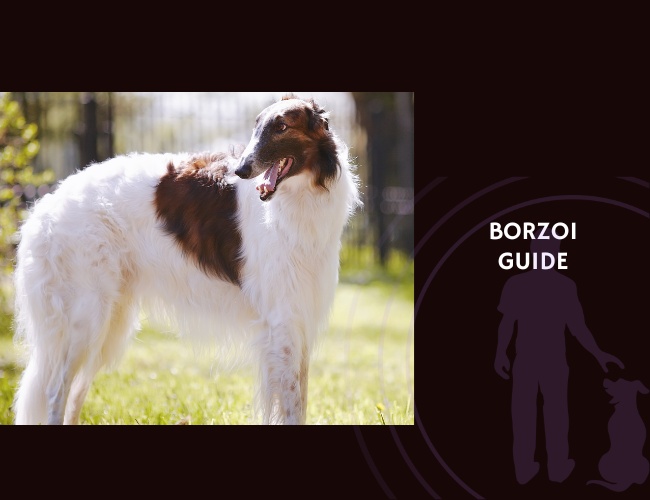
The Complete Guide to Borzoi
🔍 Looking to go deeper into dog training?
Use these categories to explore targeted guides and articles on canine behavior, nutrition, obedience, entertainment, and more.

